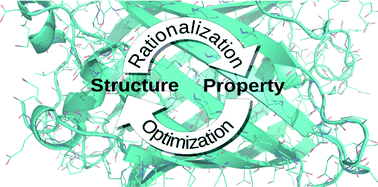Excited states in large molecular systems through polarizable embedding
Abstract
In this perspective, we provide an overview of recent work within the polarizable embedding scheme to describe properties of molecules in realistic environments of increasing complexity. After an outline of the theoretical basis for the polarizable embedding model, we discuss the importance of using an accurate embedding potential, and how this may be used to significantly reduce the size of the part of the system treated using quantum mechanics without compromising the accuracy of the final results. Furthermore, we discuss the calculation of local electronic excited states based on response theory. We finally discuss aspects related to two recent extensions of the model (i) effective external field and (ii) polarizable density embedding emphasizing their importance for efficient yet accurate description of excited-state properties in complex environments.

- This article is part of the themed collection: PCCP Perspectives


 Please wait while we load your content...
Please wait while we load your content...